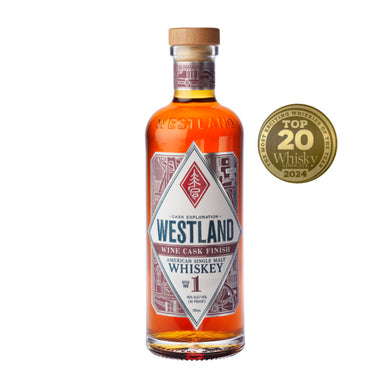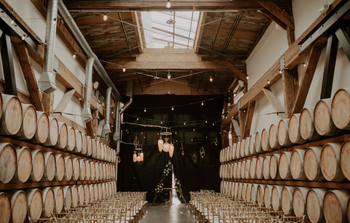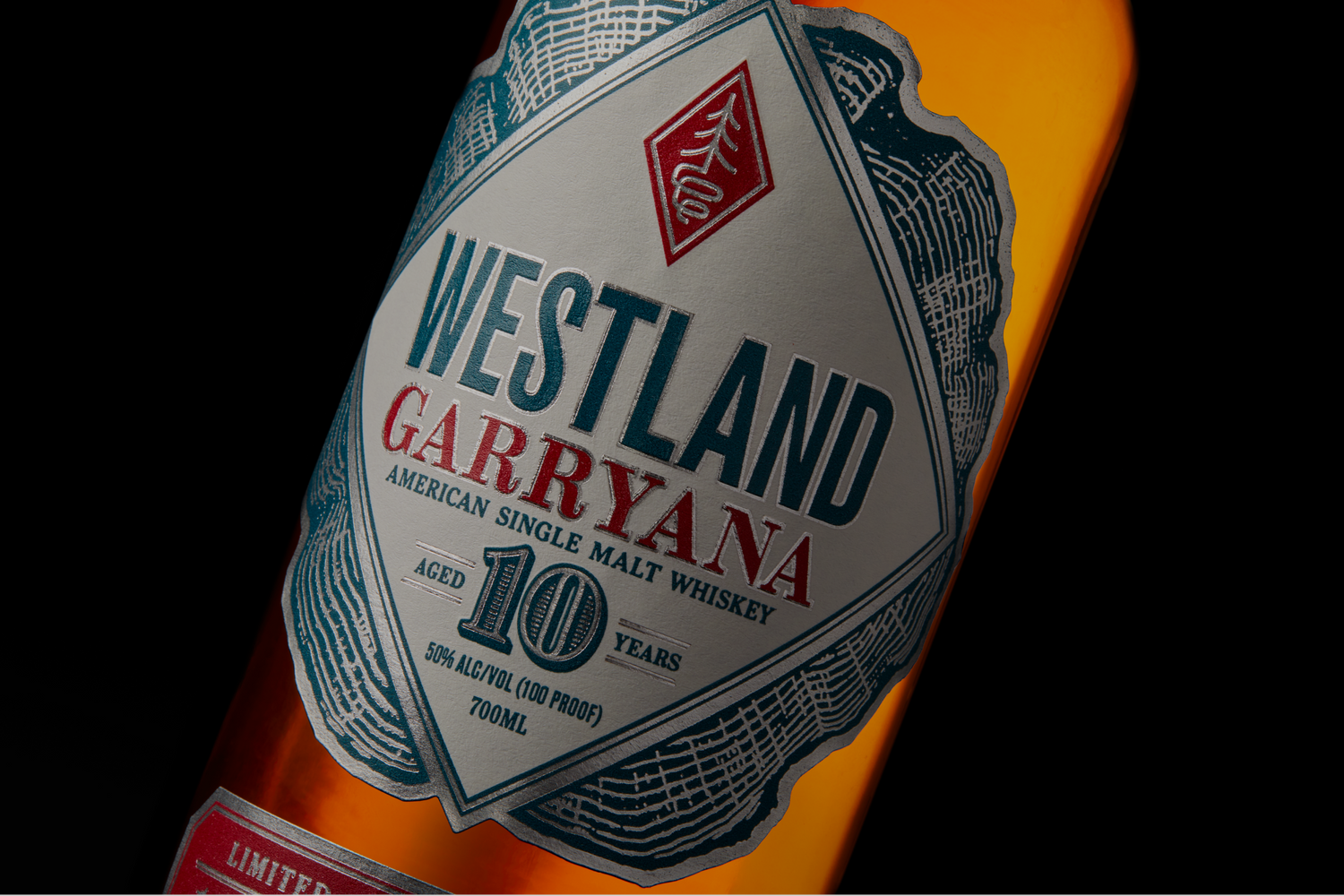We’ve often found ourselves, in the years we’ve been in operation, navigating the confusion that can come when we share our American Single Malts with whiskey drinkers. It’s not a scotch; it’s not a bourbon. This very idea, a core part of who we are at Westland, raises eyebrows still, to this day. We’re not trying to replicate the whiskeys made in Kentucky or Scotland; we’re trying to become something altogether new. And years into our journey, it’s catching on, and we’re seeing a ripple effect that eventually led to the American Single Malt category’s official establishment in US legislature per the Trade and Tax Bureau.
We understand the curiosity, the oddity of it at first. Whiskey is something that has been around for centuries. And, more often than not, whiskey is known or assumed to hail from the geographical confines of Scotland, Ireland, and bourbon country. All these classes of whiskey are spirits born of long-established traditions, guarded by rigorous definitions and a deep sense of cultural pride. And when we set out to make whiskey in the Pacific Northwest, we didn’t want to copy or replicate exactly what has been done before. We wanted to look to our immediate surroundings and let the grandiose landscape shape the whiskey itself.
So, we found ourselves here in Seattle—in a former crane factory on the edge of Seattle’s industrial waterfront—quietly and persistently building a different kind of legacy. We set out to make a new kind of American whiskey. After all, Kentucky is as far from our home state of Washington as Scotland is from Turkey and the Balkan peninsula. Wildly different regions, with wildly different landscapes, both agriculturally and anthropologically.
We get this question all the time: Why American Single Malt? Our answer starts out simple: because we believe whiskey should taste like where it’s from. And that, in some ways, is not a novel concept, it’s part of why scotch and bourbon stand apart as such different flavor profiles. At Westland, we make American Single Malt, but we’re not trying to outright replicate Scotch single malt whisky. And yes, we’re an American distiller, but we want to make something entirely different than bourbon. This is because the raw materials of the Pacific Northwest are not only sufficient—they are sublime for Single Malt production. And because this category, still young and largely growing, offers one of the most compelling frontiers of exploration in the world of spirits today.
Distilling whiskey is a centuries-old practice, laden with tradition, but we closely hold the desire to push past previous conventions. We believe that in whiskey, there is still so much to discover. And at Westland, it is our life’s work, and with each cask we fill, we keep pushing ever forward.
















